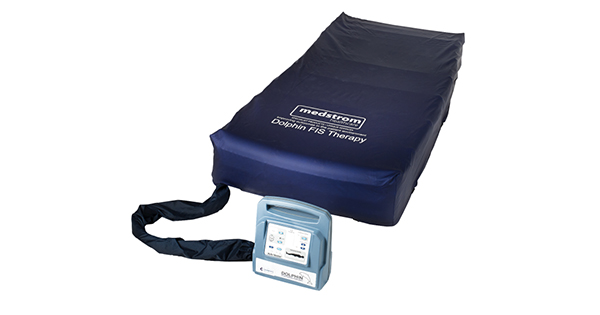The source of excessive moisture in contact with the skin from incontinent patients can arise from urine, faeces, perspiration or a combination of these. The risk of damage to the skin is directly related to the frequency and amount of moisture next to the skin and the resultant perspiration. (Langemo et al, 2011). In 2005, a consensus group of clinical experts convened and advocated the labeling of skin damage associated with exposure to stool and urine as incontinence-associated dermatitis (IAD; Gray et al, 2012). The group also defined treatment goals for IAD to include protecting the skin from further exposure to irritants, establishing a healthy environment and eradicating any cutaneous infection. The importance of an effective skin cleaning and protection regimen, and its importance in the management of IAD was also discussed. They state that the skin protectant should primarily aim to prevent skin breakdown by providing an impermeable or semi-permeable barrier on the skin, thus preventing penetration of water and biologic irritants.




